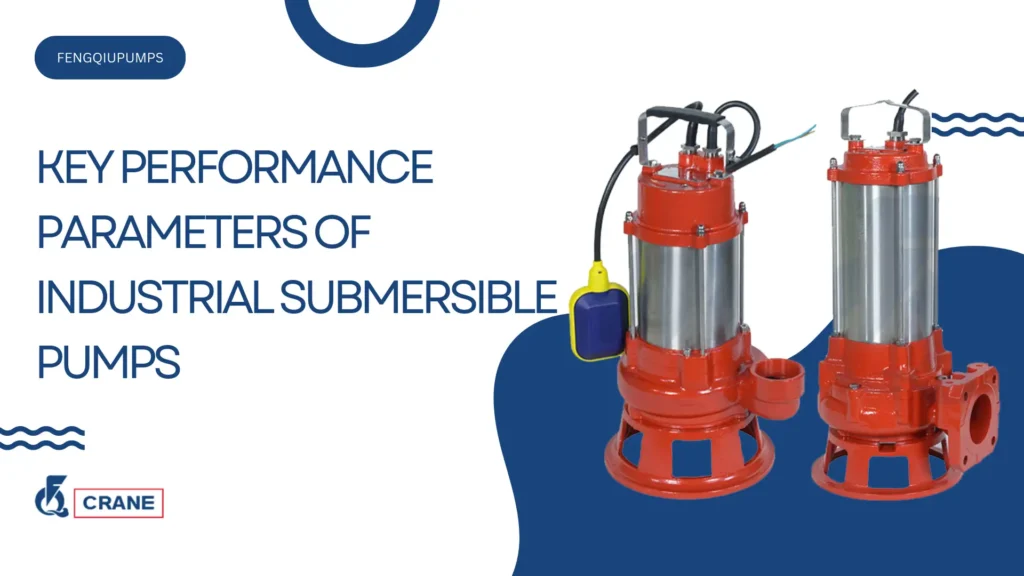The industrial submersible pumps are designed to work under water conditions; therefore, they are highly suitable for applications related to water treatment, waste management, and transportation of various kinds of industrial fluids.
Their construction enables the pump to be submerged directly in the liquid, reducing installation space requirements and improving pumping efficiency.
In the selection and operational aspects of industrial submersible pumps, knowledge of the key performance parameters becomes important, as they generally affect the efficiency, reliability, and overall operational cost of a pump.
Proper selection will ensure the optimum performance of the system while minimizing failure and associated risks of downtime.
Learn More:
- The Ultimate Guide to Industrial Submersible Pumps
- Choosing the Right Submersible Pump for Waterworks
- The Advantages of Submersible Pumps Manufacturer in China
Flow Rate and Head Pressure
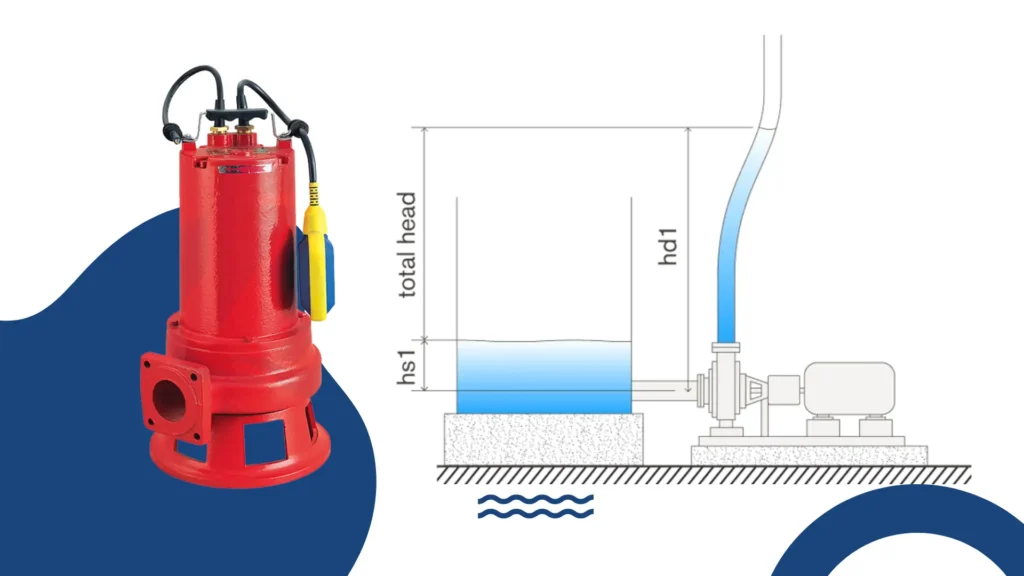
Definition and Importance
Flow rate refers to the quantity of liquid which a pump can actually shift within a given period of time and is usually measured in cubic meters per hour (m³/h) or gallons per minute (GPM).
This is a very key factor in the process of selection since performance and efficiency depend directly on whether this particular application requirement is satisfied or not.
Understanding Head Pressure and Its Impact on Performance
Head pressure defines the height that a pump can raise a liquid. This is usually given in meters or feet.
The larger the head, the greater gravitational and frictional forces a pump can overcome in a system. Since this parameter relates not only to the working of the pump but also to its application in certain fields requiring the liquid to be raised to a larger height.
Relationship Between Flow Rate and Head Pressure
In general, the flow rate is inversely proportional to head pressure: the greater the flow rate, the lower the head pressure, and vice versa.
The relation of these two variables is of particular concern in pump selection and system design because any change in operating conditions may affect either one or both of these and thereby affect the performance.
Product Recommend:
Power and Efficiency Ratings
Description of Power Ratings
Power ratings describe the amount of energy a pump needs to operate efficiently and are typically measured in horsepower or kilowatts.
Power is also directly related to the cost of operation of the pump.
Selecting an appropriate rating will ensure efficiency in running without overloading or wasting energy.
Importance of Efficiency Ratings
Efficiency ratings describe how well a given pump converts input power into hydraulic power.
The higher the rating, the lesser one’s expenditure will be during operation.
Selection by high efficiency is imperative to ensure long-term economic viability due to massive reductions in energy use and operation expenses.
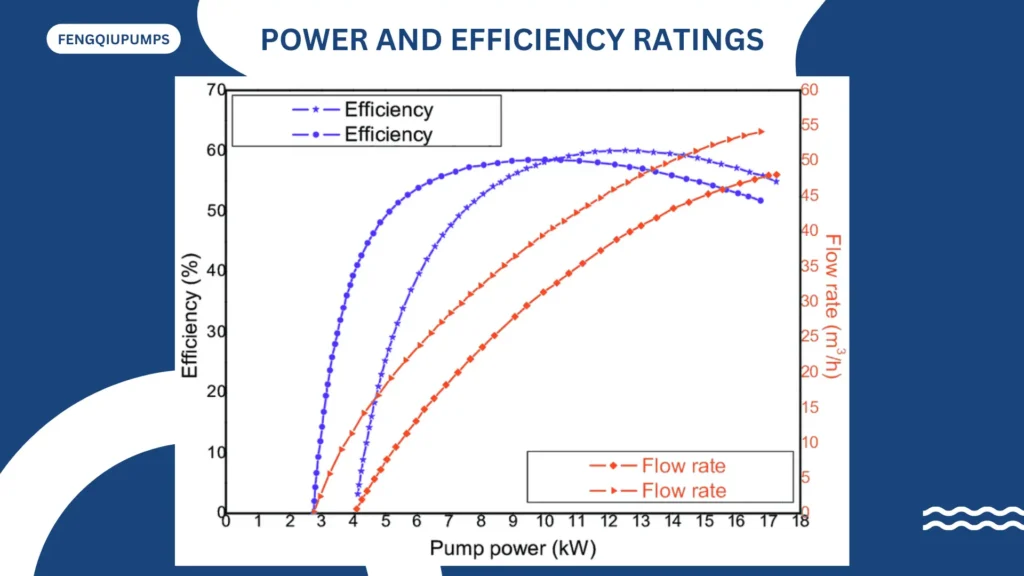
Power Consumption-Efficiency Factors
The important factors that may make some detraction in power consumption and efficiency include pump design, fluid characteristics, system layout, and operating conditions.
Knowledge of these elements is essential in the fine tuning of pump selection and its configuration to maximize efficiency in the entire system.
NPSH and Cavitation Considerations
Definition of NPSH
NPSH estimates the pressures present at the inlet of the pump for the purpose of avoiding cavitation.
NPSH is one of the most important parameters in pump operation, because there are cases of operational problems occurring owing to the absence of adequate NPSH.
Importance of NPSH in the Prevention of Cavitation
One of the reasons for maintaining adequate NPSH is that it may lead to cavitation; this produces noise and vibration, along with physical damage to the pumping device.
Therefore, maintaining NPSH will ensure smooth operation and lengthen the life span.
Pump Performance and Life Span Post-Cavitation
Cavitation affects the pump performance and its life drastically; this may reduce efficiency and enhance repair costs.
Its effect must be known, and necessary steps may be taken to avoid cavitation for better longevity of the pumps.
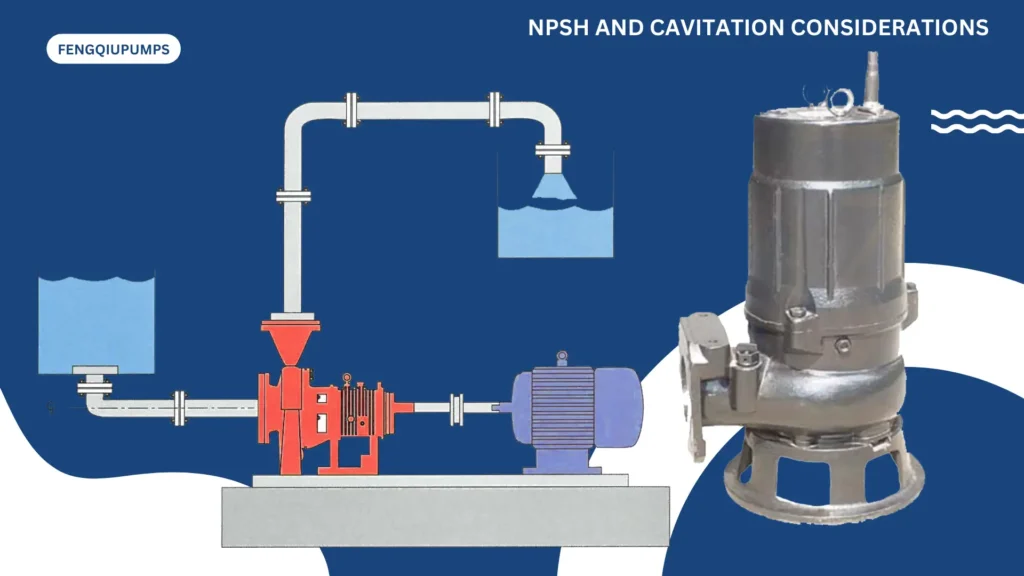
Maximum Operating Temperature and Pressure
Temperature and Pressure Limits Overview
Every submersible pump will have limits relating to maximum temperature and pressure that shall not be exceeded lest there could be serious consequences on the integrity and performance of the pump.
In principle, knowledge of this limit is very important for safe and reliable operation.
Effects of Exceeding Maximum Limits on Pump Integrity
When temperature and pressure go beyond the limits, mechanical failures, loss of efficiency, or safety may occur.
Full knowledge of such limits becomes necessary to guarantee the integrity and performance of the pump.
Importance of Selection of Pumps
The selection of pumps according to prevailing operating conditions becomes very important to make sure of reliability and long-term safety: those relating to temperature, pressure, and fluid nature.

Maintenance and Life Expectancy
Good Routine Maintenance Practices
Their efficiency is based on routine maintenance, such as inspection, cleaning, lubrication, and other forms of care that are preventative.
Good maintenance will ensure increased performance and the ability to identify potential problems in their early stage that may cause failure.
Factors Affecting the Service Life
Operational life for submersible pumps is based on the operating conditions, the nature of the fluid, frequency of maintenance, and prevailing environmental conditions.
All these factors help in knowing how to develop maintenance schedules for extended life of the pump.
Importance of Proactive Maintenance
By being proactive with maintenance, owners can avoid failures and lower associated repair costs and downtime.
With regular checks and maintenance routines, businesses are assured of the extension of life and superior performance of their pumps.
Comparative Analysis of Performance Parameters
Overview of Interaction of Various Parameters
The interaction of various parameters in pumps is one important aspect when selecting and designing the system.
Interaction of performance parameters can be used to assist engineers in decision-making.
How Performance Parameters Affect Selection of Pumps
Case studies of actual applications that highlight which performance parameters were relevant in choosing pumps for a specific application are useful references in making intelligent decisions.
Methods and Tools of Performance Evaluation
Various methods and tools such as performance curve, computer simulation, and test equipment are used to study pump performance characteristics.
These tools allow the operating state to be understood by engineers/operators and to make optimizations wherever needed.

Industry Standards and Regulations
Overview of Relevant Standards for Submersible Pumps
Industry standards ensure safety and reliability in the design, manufacturing, and operation of a submersible pump.
ANSI and ISO are examples of organizations that have various standards guiding best practices in the industry.
Importance of Compliance with Industry Regulations
It helps ensure safety for more market competitiveness. More so, products with compliance standards are likely to receive user and market recognition.
Impact of Standards on Performance and Safety
Industry standards have a great influence on pump design, efficiency, and operational safety.
Generally, standardized products ensure better performance and an improved user experience.
Future Trends in Submersible Pump Technology
Innovation in Design and Materials
New materials and design improvements are making submersible pumps increasingly efficient and durable.
For instance, the application of composite material and enhanced engineering techniques could reduce pump weight and improve anti-corrosion ability.
Development of Monitoring and Control Systems
Development of smart monitoring and control systems enables real-time collection and analysis, which improves operational efficiency and is convenient to maintain.
Outlook for Submersible Industrial Pumps
Automation and energy efficiency will continue to increase in the submersible pump industry in the future.
As technology keeps improving, the role of submersible pumps will be crucial in a more diversified range of applications.
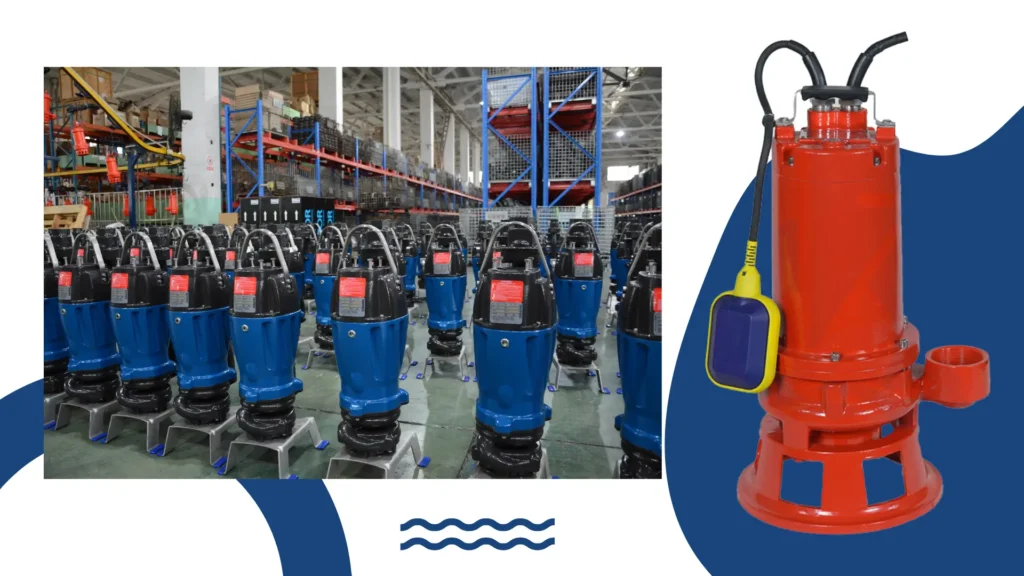
Conclusion
Key performance parameters form an integral part of the selection and operation of submersible pumps, as these have a bearing on the efficiency and operating life and determine the overall system performance.
The key to getting the most productivity and longevity from submersible pumps is careful selection and maintenance. Continuously gathering information on emerging technologies and shifting market conditions will serve to make better decisions.
Continuous learning and adaptation to new technologies are among the important things concerning pump technology. Industry professionals are encouraged to continuously study and develop their skills and knowledge in order to prepare themselves to cope with future challenges effectively.

